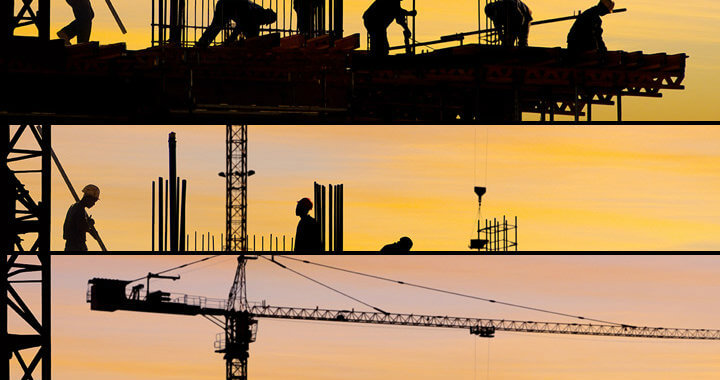What BIM measures for health and safety are taken into consideration for Construction process?
Even though many precautions are adopted for the safety of labors, accidents are not rare in construction industry. Several people are seriously injured or even killed every year in accidents happened in construction site. Let us discuss how Building Information Modelling, the advanced technology in construction industry, also offers many preventive steps in ensuring safety of the labors construction industry.
The support from Government and the great leaps in technology together enable Building Information Modelling a success in providing safety measures during construction process. The scope of BIM measures for health and safety in construction industry is wide, as it can be used in many fields like safety planning, design for safety, worker safety training and education, accident investigation and facility and maintenance phase safety. That is why itself, this technology has a significant role in improving worker safety and health in the construction industry.
The visualization of the construction sequence provided by BIM models provides practical information from the construction site and information from legislation’s and so is valuable in a health and safety context. The design and construction professional use many types of BIM based software packages that create natural starting points of safety planning and BIM-based site layout.
The BIM can create virtual model of a construction project before the actual construction is started. This model will help the construction team to reduce uncertainty, work out issues and stimulate and analyze potential impact. Improving safety is the other most important benefit of this virtual model. Besides, the BIM model visually highlights the wrong contacts and intersections such as structural frame and building services pipes or ducts. It will help in detecting the clashes or conflicts in early stages and thus prevent the errors at the construction time. As the 3D objects are machine readable, the spatial conflicts can be checked automatically. As a result, the errors and change orders at both design and shop drawing levels can be reduced to a great extent. Cost estimates, material tracking and ordering can also be done automatically using BIM. In short, BIM technology is more beneficial than drawings to represent a building.
BIM considers health and safety in all stages including identification of issues at the inception, selection of construction materials and selection of design processes. BIM stimulates health and safety assessments and make all design parameters transparent. So it shows how manage the building after completion.
Computer models and the modelling data would incorporate the risk management processes, which were considered in the project development. These models and the data would be looked at for any accident investigation or structure failure in a construction process.
BIM makes the construction site intrinsically safer. BIM helps simulate, examine and scenario-test the construction process in order to reduce or completely avoid risk of accident or injury. All these are effectively communicated to the team members, who are involved in the physical implementation.
